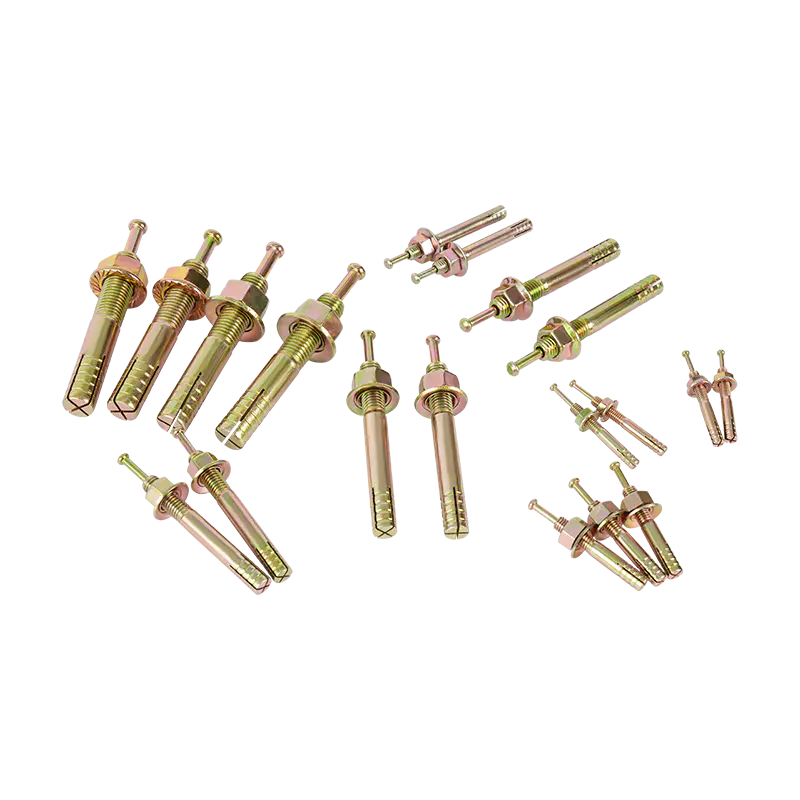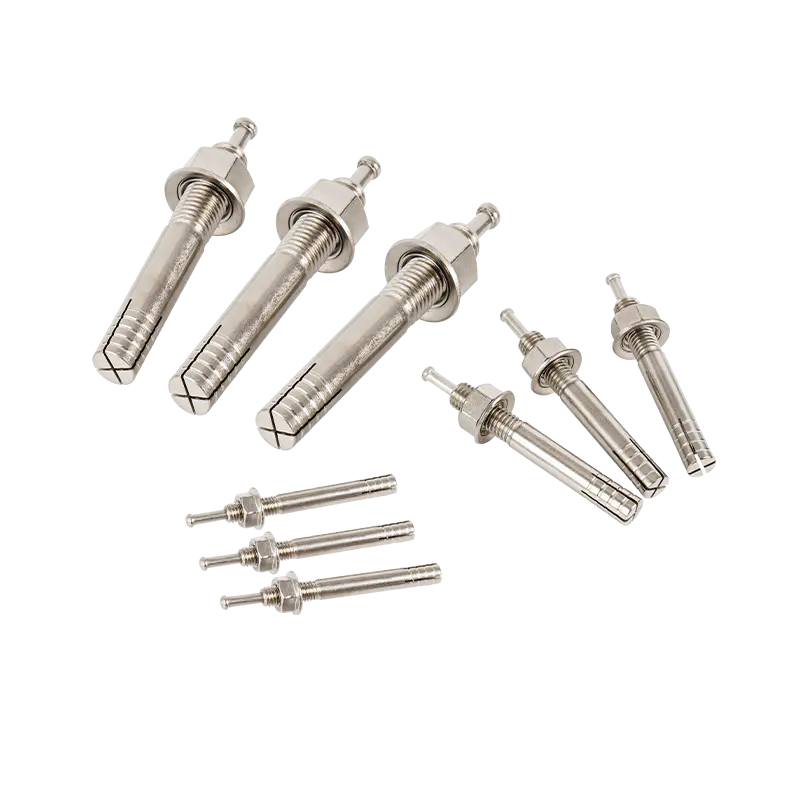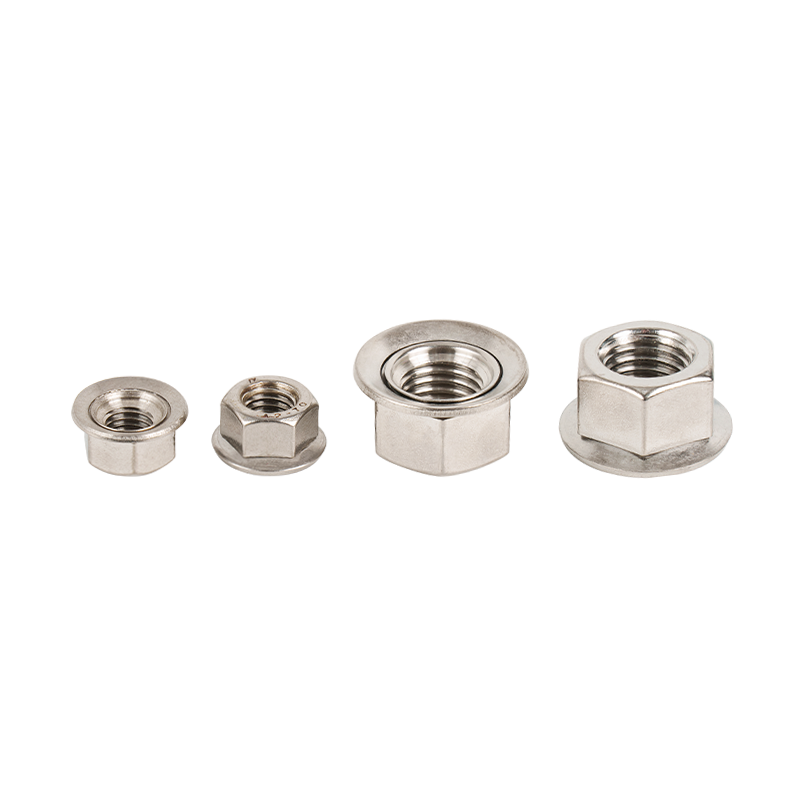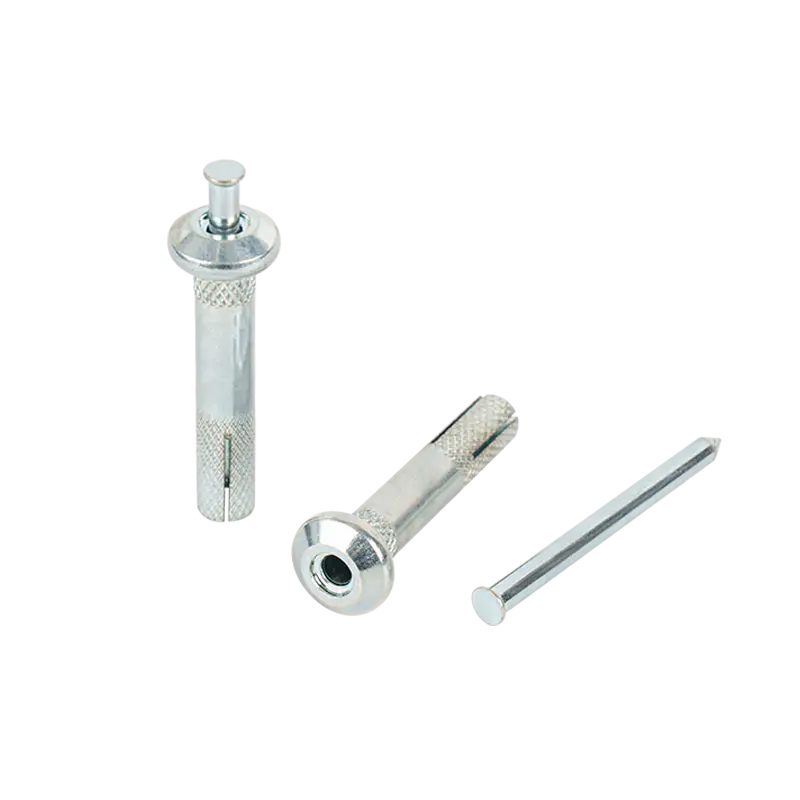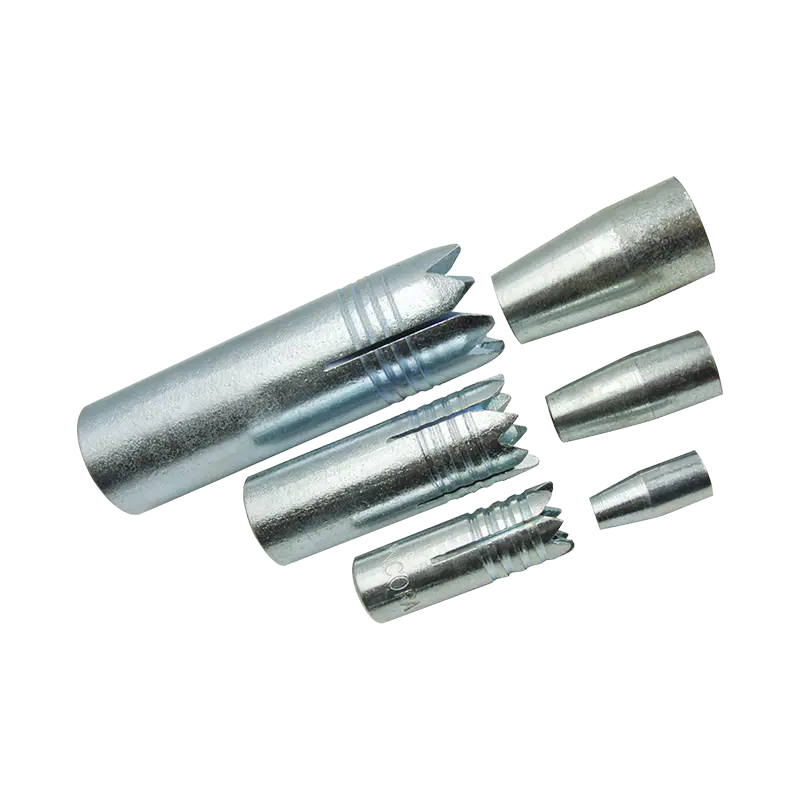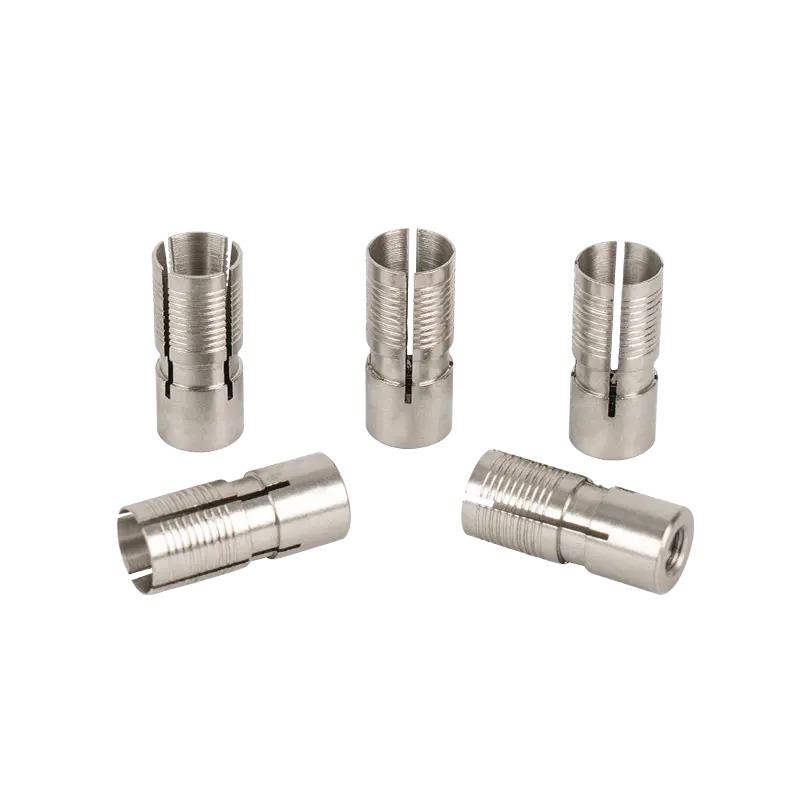What surfaces does the Strike Anchor work on?
2025-06-19
When specifying anchors for critical structural or heavy-duty applications, understanding their compatibility with substrate materials is paramount. The Strike Anchor, a widely recognized post-installed mechanical anchoring system renowned for its high pull-out and shear strength, possesses specific surface suitability crucial for achieving safe and reliable performance.
The Preferred Substrate: Concrete
Strike Anchors are fundamentally designed and rigorously tested for use in solid, poured concrete. This encompasses:
Standard Weight Concrete: Achieves its rated holding values in normal-weight concrete meeting typical compressive strength requirements (commonly 2,500 psi / 17 MPa or higher; always verify manufacturer specifications).
Cracked and Uncracked Concrete: When installed correctly according to manufacturer instructions (including proper hole diameter, depth, and cleaning), Strike Anchors are qualified for use in both anticipated cracked concrete regions (under seismic or service load conditions) and uncracked concrete zones. Crucially, the specific certification (e.g., ESR reports for the US market) for the exact anchor diameter and embedment depth must confirm suitability for cracked concrete.
Wet Concrete: Installation is feasible in concrete that has cured sufficiently to allow drilling without damage but may still retain some moisture content (again, refer to specific product data).
Considerations for Other Surfaces
While concrete is the primary and optimal substrate, Strike Anchors might be used in other dense, monolithic materials, but this requires extreme caution and explicit verification:
Solid, High-Density Masonry: In some cases, with explicit manufacturer approval and specific technical data supporting the application, larger diameter Strike Anchors may be rated for use in very hard, solid, high-density natural stone (like granite) or extremely dense, solid, high-strength concrete masonry units (CMU). This is highly exceptional and NOT standard practice. Performance data for these substrates is rarely provided by manufacturers for standard Strike Anchors.
Limitations: Strike Anchors are NOT suitable for:
Hollow Masonry (CMU or Brick): The mechanical expansion mechanism relies on solid material surrounding the entire sleeve. Hollow cores prevent proper expansion and drastically reduce capacity.
Lightweight or Cellular Concrete: Lower compressive strength and density typically prevent the anchor from achieving its rated holding values. Specific anchors designed for lighter materials should be used.
Brick (excluding high-density solid engineering brick): Generally too brittle or low in strength for reliable performance with standard Strike Anchors.
AAC (Autoclaved Aerated Concrete)/Gas Concrete: Far too soft and weak.
Plaster, Drywall, Tile: These are cladding materials, not structural substrates.
Metal or Wood: The anchor relies on expanding against a rigid mineral-based substrate.
Key Determinants of Suitability
Beyond just the material type, the condition and quality of the concrete significantly impact performance:
Compressive Strength: Must meet or exceed the minimum required by the anchor's evaluation report or technical data sheet.
Integrity: The concrete must be sound, free from voids, honeycombing, or excessive cracking near the installation point. Edges and spacing requirements must be strictly adhered to.
Hole Preparation: Correct drill bit diameter, precise hole depth, and thorough cleaning (using wire brush, vacuum, and/or compressed air) are non-negotiable for achieving the necessary friction and expansion force.
The Strike Anchor delivers its exceptional tensile and shear strength capabilities most reliably and predictably when installed in solid, good-quality poured concrete meeting the specified minimum strength requirements and following all prescribed installation procedures rigorously.

 English
English 日本語
日本語
